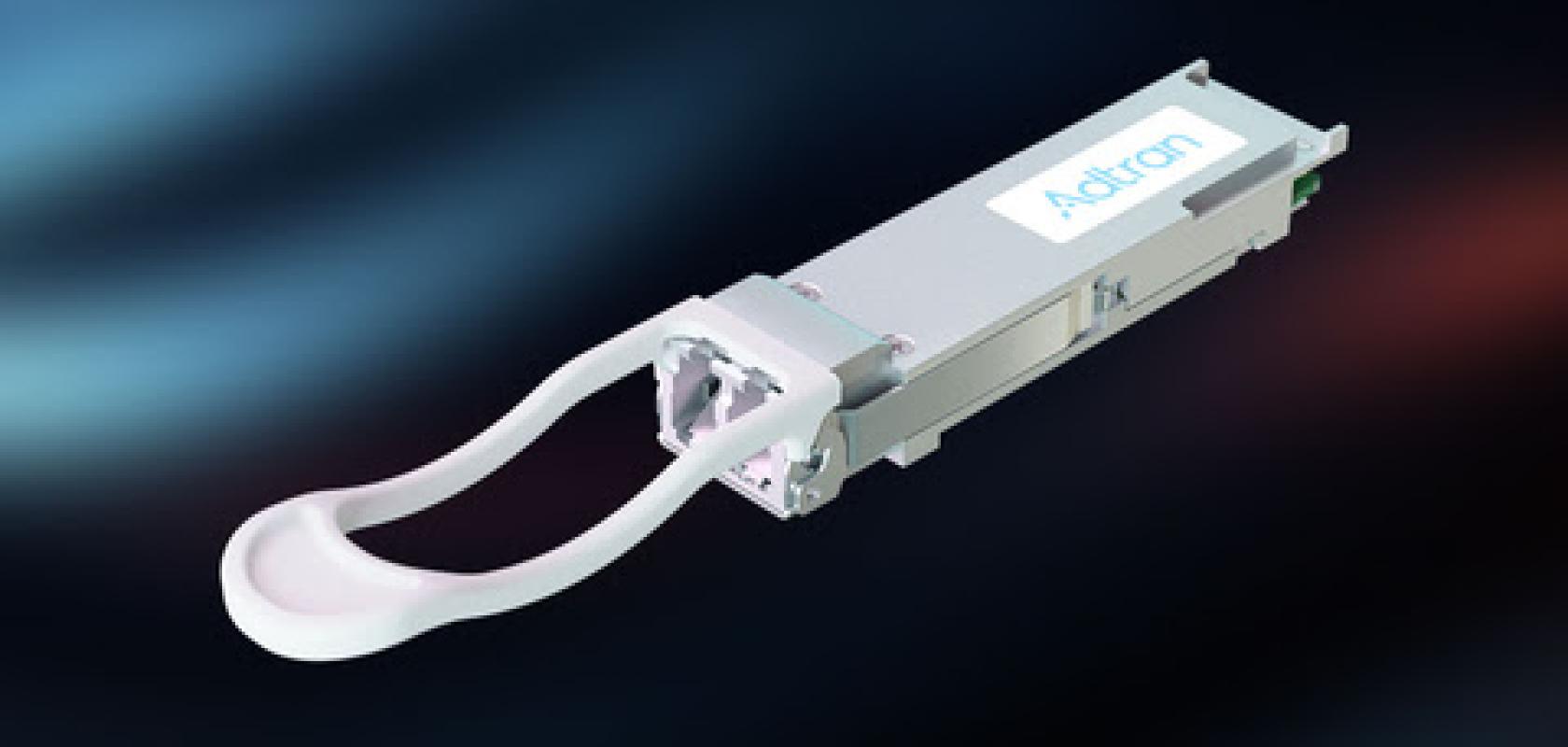BT Group and Adtran have successfully conducted a European field trial of optical transport in a live research network.
The trial was conducted across a complex network infrastructure, spanning 90km over a third-party optical line system, incorporating four ROADM nodes and six amplifiers. Using a tight 50GHz ROADM channel, the trial achieved enhanced spectral efficiency, and, operating at less than 5 watts, it also set new benchmarks for energy efficiency.
Adtran’s Coherent 100ZR pluggable transceiver was leveraged to help achieve those higher levels of spectral efficiency and low power consumption. The trial demonstrated the transceiver’s ability to enable the transport of 100Gb/s wavelengths, over longer distances, across routes at metro and edge aggregation networks, offering scalable and efficient solutions for the future.
100ZR coherent technology at the network edge
About the size of a memory stick, the Adtran Coherent 100ZR transceiver can be plugged directly into an operator‘s transmission unit. Featuring a purpose-built digital signal processor (DSP) co-developed with Coherent Corp that is optimised for data rates of 100Gb/s and designed for easy integration with deployed infrastructure, the QSFP28-compatible transceiver is able to facilitate the adoption of 100ZR coherent technology at the network edge.
Andrew Lord, senior manager of optics research at BT Group says: “Adtran’s plug-and-play solution has enabled us to demonstrate the feasibility of boosting capabilities within existing networks and doing so in a cost-effective and scalable manner. As we continue to innovate and push boundaries, technologies like this will be instrumental in achieving our goals for a greener, more efficient telecommunications landscape.”
The advantages of deploying one amplifier in the optical line system
Ryan Schmidt, GM of optical transport at Adtran adds: “Together with BT Group, we’ve showcased a method for transforming network infrastructure with highly efficient, low-power solutions. It’s a strategy that requires significantly less equipment and fewer sites. The demo also proves the advantages of deploying one amplifier in the optical line system rather than multiple amplifiers within each transceiver module. This streamlined approach helps boost network performance, reduces operational spending and shrinks carbon footprint. As well as big potential savings – as much as 50% in some cases – this strategy offers a clear path to more sustainable network development. This demo also highlights the exceptional performance of our outdoor-hardened Coherent 100ZR transceiver. Despite its relatively low optical launch power, it excelled within a complex, real-life ROADM network.”


